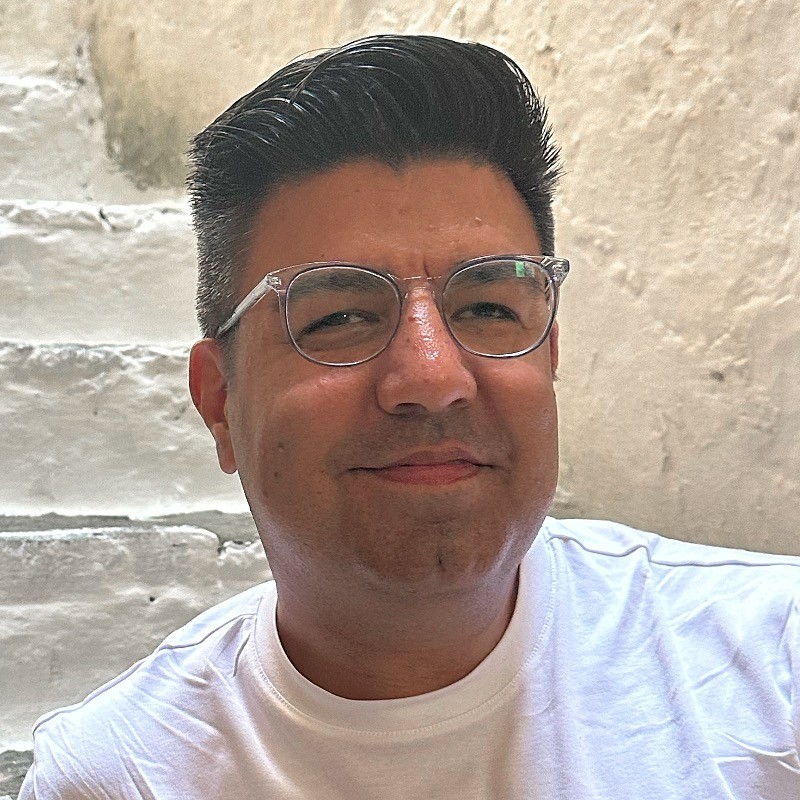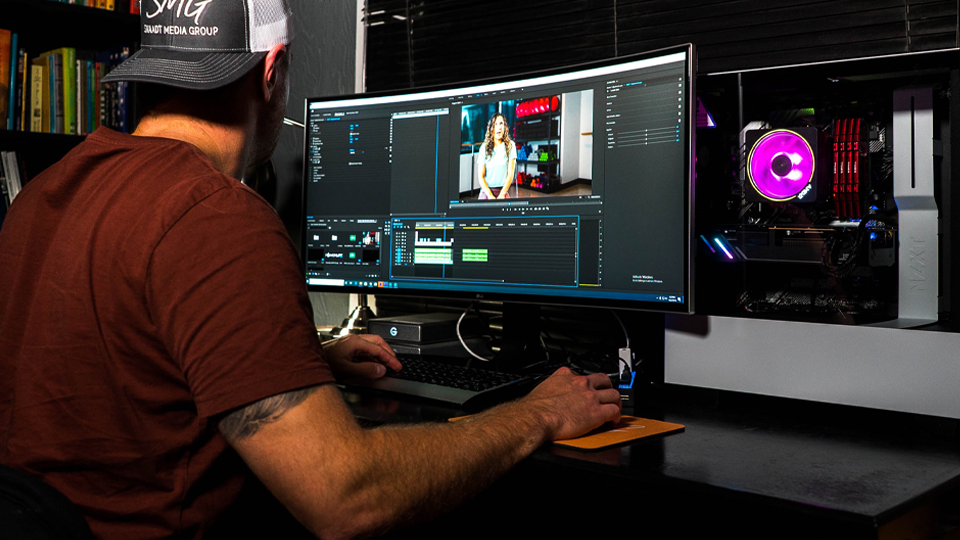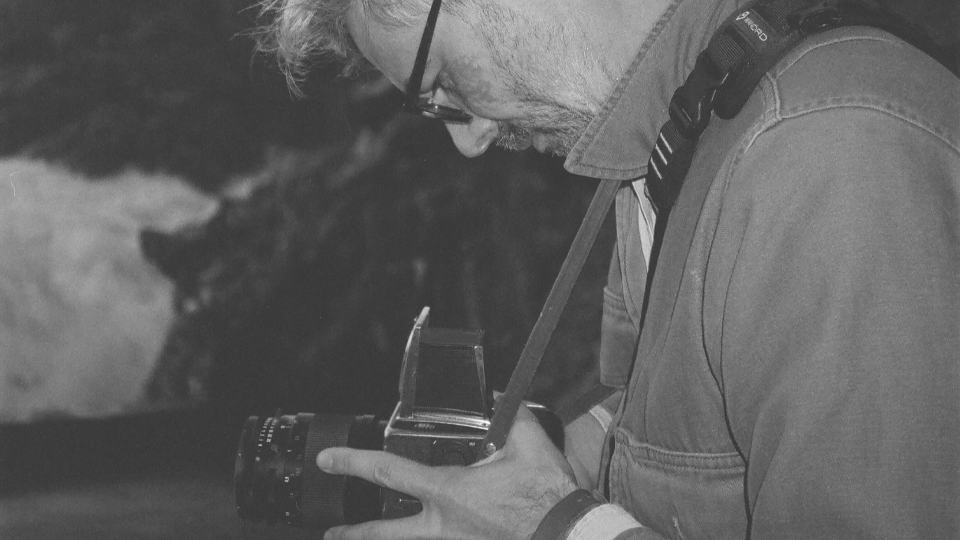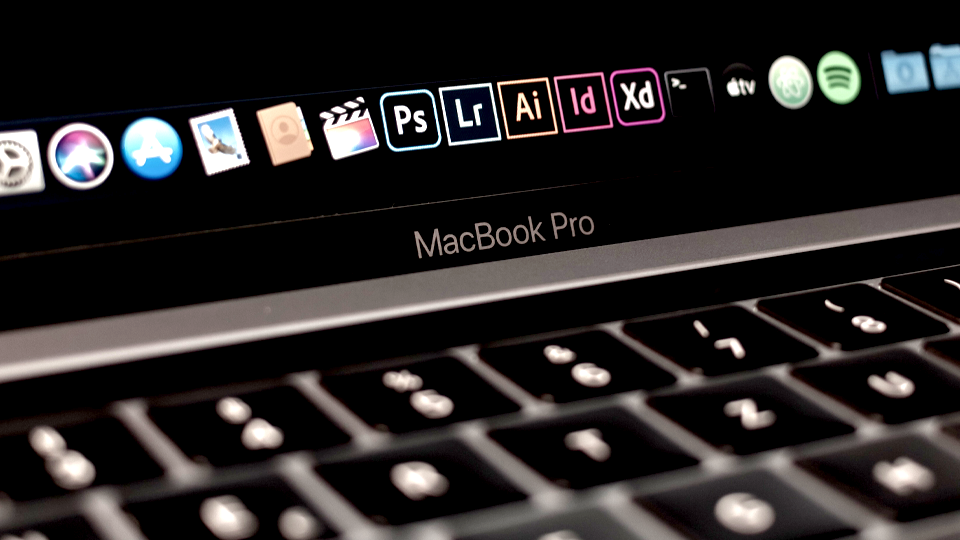Inside the studio: Filmmaker Josh Berman & sit-skier Trevor Kennison inspire the masses with Netflix documentary, “Full Circle”
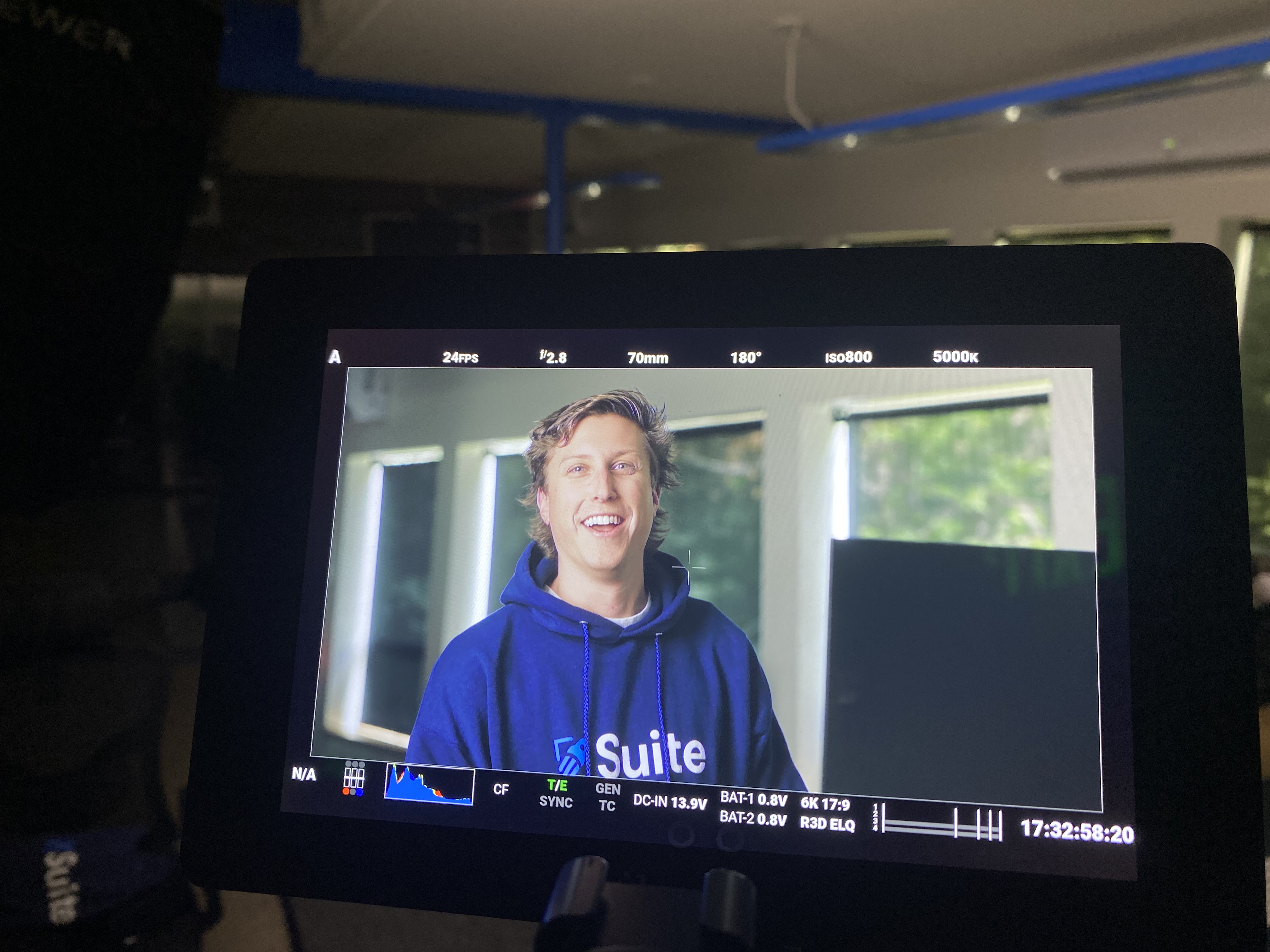
Samuel Taggart

10 Minutes

Inside the Studio: Dive into insightful interviews that uncover the methods, challenges, and inspirations of today's leading filmmakers & artists straight from the studio. Discover the story behind the art on The Render.
For most of the last two decades, Josh Berman has been the master of his own domain. Director, cinematographer, expert skier, snow safety specialist, backcountry jump builder, video editor, producer… you name it, Berman has handled it for his Denver-based production studio, Level 1.
His filmmaking expertise combines a hefty dose of outdoor flavor with a well-refined focus on action, and an ability to capture the “in-between” moments with a raw, documentary-style that helps humanize the athletes he’s often filming. In the edit bay, Berman and his small team in the Rocky Mountains craft feature-length movies that have helped define winter sports culture, and establish a genre of film that ski & snowboard audiences have come to love, the “annual” flick.
Despite long-standing success spending winters filming in the furthest reaches of the mountains, and falls touring those finished movies around the globe, changes in the media landscape required Berman to reevaluate. “We'd been on a hamster wheel for 20 years straight,” he says.
That’s right about when Trevor Kennison entered Berman’s life… in a big way. The end result is a new, 105-minute feature documentary film called Full Circle, now streaming on Netflix; a movie about “post traumatic growth,” it follows Kennison’s incredible journey following a spinal cord injury while snowboarding in the Vail, Colorado, backcountry in 2014. From being a “weekend warrior” rider and plumber, to becoming a world-class athlete redefining what’s possible as a disabled athlete, Kennison’s story inspires on every level. And Berman welcomed the filmmaking challenge with open arms. “Trevor showed up when I was looking for personal projects that would let me tap into the inspirations that urged me to become a filmmaker,” says Berman.
At the time, Kennison had just jumped off a 60-foot cliff, called Corbet’s Couloir, at Jackson Hole, in his sit-ski. The stunt landed him on SportsCenter and captured the attention of the masses. “He did something that opened millions of eyes to his story, to disability, to what people think is possible or impossible,” recalls Berman. “There are countless stories of talented athletes who have a life-changing injury, then work to get back to some level of performance like where they were before. There are very few stories of plumbers, mediocre snowboarders, who have a life-changing injury, then reinvent themselves as elite athletes, pushing the limits of what people think is possible, and pushing beyond what they accomplished as an able-bodied person.”
In this exclusive interview, we’ll hear from Berman about how the four-year project came to life & why the intimate relationship he built with Trevor during production continues to resonate…
Can you describe Full Circle and its message?
Full Circle is a film about turning tragedy into opportunity. It's about taking a horrible situation, bettering yourself from it, and learning to grow from it. The story is told through Trevor and Barry Corbet, and their journeys of reinvention post traumatic injury; how they found a path forward against all odds to redefine themselves and live incredible, impactful lives.

How did your experience making ski movies for 20+ years help or hurt your efforts here?
Trevor's original goal was very action-oriented. He came to me because he was familiar with my work with Level 1. I was very uniquely positioned [for the role] in that I’ve probably built more jumps than any other person in ski filmmaking ever. I have a pretty instinctive understanding of how angles, in-runs, speed, snow conditions, light, and all of these little things play into getting a shot. It’s a niche skill set and understanding, and there are probably only a handful of filmmakers who have the full breadth of those particular skills. Working with Trevor, most everything we filmed on the mountain had never been done before. For me, it was a situation where everything old was new again; I had been to these locations, I had built similar jumps, I aimed to accomplish similar goals, but with able-bodied athletes on two skis, not with a paraplegic in a sit-ski. So I had to retool my understanding of how everything worked.
What was it like to be an independent filmmaker on that new trajectory?
We were really starting from scratch. With the ski films, we were masters of our own universe; we knew how to release them, how to set up a tour, how to pack a thousand people in venues. It doesn’t work the same way for a documentary. We were just babes in the woods, cold-calling agencies looking for representation, applying blindly to vessels like Sundance, thinking that we'd get accepted because we made a good movie…

What cameras and lenses did you use to shoot the movie?
We own three RED cameras—a Gemini, an Epic, and a Komodo—those were our go-to for the project. Trevor is also a GoPro athlete, and so he’s inclined to use those cameras, and they’re awesome. Having Trevor ride in a sit-ski provided us some unique opportunities for content capture—running a camera on his helmet gave us the traditional POV perspective, but his single ski provided a mounting point that let us aim camera up at his face. Those angles give such a clear emotional read on his face throughout a lot of these action sequences. My personal favorite is the Gemini, it’s a beautiful little cinema camera; not necessarily the ideal documentary camera, but I strip it down to the most basic aspects of the kit and try to use it as a run-and-gun rig.
What effect does that achieve?
Using this camera gives everything a very cinematic feel. But that's not always innate in documentary filmmaking. Typically, the best camera is whatever camera you have easy access to, at the time. The nature of documentary filmmaking is to record things that might only happen once, that might happen without much notice. You have to be responsive to get that moment, to get that sound bite, to get whatever it is. That’s why I strip the Gemini down.

What were some of the most difficult shots or scenes to capture during production?
There are a few action scenes where there's a very specific goal Trevor's trying to accomplish; those were very heavily produced and set up with sometimes three, four, or five cameras all running at once. If I could shoot everything that way, that would be awesome. But more often than not, it was just me alone with Trevor…
Wow. So, what percentage of the time were you a one-person production crew?
That's a great question—probably more than 50 percent of the time.

Did you look to any other films or filmmakers as inspiration for the documentary style?
There's no specific example. But we did watch a ton of outdoor/sports docs, really just to see how they're pieced together. That helped us figure out how to design the story, how to setup the struggle, how to show success, and balance these elements to keep the audience engaged.

Tell me about the post production process. How did this film come together?
Well, you get an editor, in this case, Tom Crandall, who does God's work for a few years, locks himself in a small dark room, and pours through dozens if not hundreds of hours of footage just to start to shape things. [Laughs] Tom was really instrumental in putting the basic building blocks together and helping us to figure out what we had to work with. We had almost two dozen feature interview subjects, and those were oftentimes two to four hours long.
We ended up compartmentalizing different themes, then getting a massive cork board in the office with color-coded index cards to help strategize on the story. It took a number of crappy versions of the film to get to the final version. As filmmakers, we're so close to the film, at a certain point after you’re spending years of your life, looking at these characters and knowing the intimate details of the story, it's hard to remove yourself from it.
When editing, you have to put yourself in the position of a viewer who's never seen any of it before. You really have to make the film for the lowest common denominator of viewer, someone completely unfamiliar. Even then, you start to wonder, are we dumbing it down too much? Are we skimming over details? Is there important information we’re taking for granted? We put early versions of the film in front of test audiences to receive feedback. That was an important part of the process, too.

What editing tools and software did you use to make the film?
Everything was done on Adobe Creative Cloud; we edited the film in Premiere, and our Art Director, Schui Baumann, used AfterEffects for the motion graphics and titling.
Tell me about a few aha moments that occurred during editing…
I think there were a whole bunch those along the way. There are scenes you know will be powerful just based on the action and Trevor's reaction to what was happening, with him screaming and yelling, taking everybody along for the ride. Then there were other scenes where we spent weeks crying silently in our edit suites stitching together these very emotional moments. And it's like, “Sh*t, if we're in tears by ourselves, we're onto something.”

When did you feel most emotional during this entire process of filming & editing?
The only time I've ever shed a tear while holding a camera and filming action in the 25 years of my career was when we returned to the site of Trevor's accident, and he actually land the world's first double backflip on a sit-ski. I had never lost my cool and cried after shooting really epic action—that's just not a thing. Your natural reaction is to be stoked, high-fiving and hugging, but there was just so much riding on that moment, when it happened, I couldn’t keep it in…
Let’s discuss the original score. This is one of the coolest aspects of the film…
Early on, we decided we wanted to work with a composer. This wasn’t a “needle drop” situation with a soundtrack. We were fortunate to be able to bring in Mark Crawford, a super talented and high-profile composer who did the score for the “Social Dilemma” and a few other big documentaries. He wrote the score, but then proposed recording it with live instrumentation & musicians from the disability community. This was just an incredible idea.
Our violin soloist, Brian Krinke, was hit by a car and had a traumatic brain injury. He had to relearn not only how to read music, but to play violin again. Our percussionist, Jason Barnes, lost his right arm in an electrical accident; he uses a prosthetic built and designed by a lab at MIT that allows him to drum in ways above and beyond what an able-bodied person can accomplish. Our trumpet player, Patrick Henry Hughes, was born not only blind, but with a muscular disorder that has left him in a wheelchair. He's unbelievably talented, and there’s a surprising amount of trumpet in the score. The pianist, Justin Kauflin, lost his sight at age 13, and is now a world-renowned jazz player who we were also lucky to bring in. Lastly, our guitarist, Eric Howk of Portugal. The man, is the only Grammy-winning musician who is also a wheelchair user. He is a literal rock star.
This is such an important aspect of the film to share with people. It's about working with people who've been told, literally or figuratively, that they can't do something because of their physical disability, and they find a way around it.

How has your perspective on the film’s theme of disability changed over the course of making it?
For some context, I’ve had a number of friends who have experienced life-changing injuries over the years. Unfortunately, that's just a reality of sport and of life, really. But I wouldn't say that I had an intimate understanding of really what that meant; I'd never spent a considerable amount of time around somebody in a wheelchair. Even while I consider myself an open-minded person, at the outset of filming, I didn’t feel like I had an understanding of how to treat somebody.
Roy Tuscany, a good friend of mine & the founder the High Fives Foundation called me in tears after the first time he saw the film. He said, “This film will teach people not to look away from disability.” That made me think it’s not something we’re taught—to look away from disability, to look away from somebody in a wheelchair—but society can condition you to think, “It’s not my problem, not my situation, I don't understand it, I'm going to look away.”
Roy's takeaway was that the film humanizes Trevor in all the best ways, and humanizes the concept of disability. I am very hopeful that it opens people's eyes and they will not feel like they have to look away from disability because they don't understand it.
What impact has Trevor made on you since the project started?
More than anything, my takeaway from spending time with Trevor is his positivity. He radiates this energy that few other people do. And it's one of the reasons I was drawn to him, and wanted to do more with the project in the first place. He is, for lack of a better word—inspiring. He's somebody who has been dealt such a sh*t hand in life, for him to find a path forward with so many things stacked against him, to share himself, and his story with the world, makes me feel like we can all do more.











